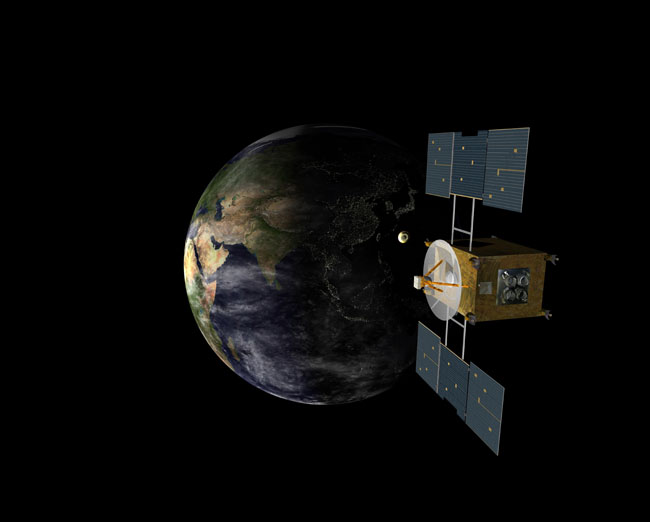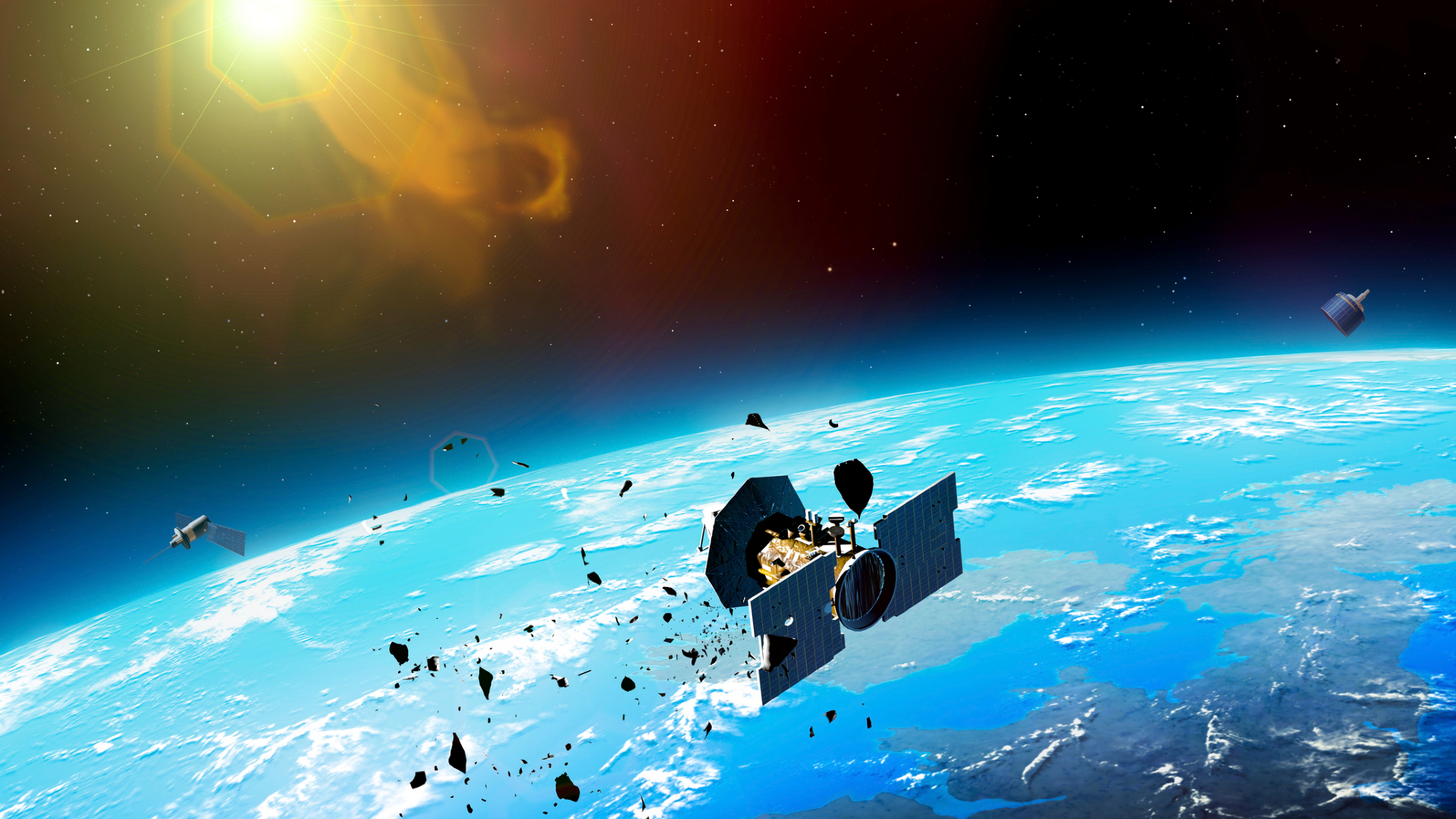Returning Asteroid Probe Could Pave the Way for Manned Missions

A piece of asteroid may be returned to Earth by a spacecraft
If the craft is packing some space-rock bits, the mission
President Obama announced
"By 2025, we expect new spacecraft designed for long
If Hayabusa manages to deliver a piece of asteroid rubble to
The Japanese probe is set to complete its seven-year mission
The spacecraft visited the Itokawa asteroid in September?
Breaking space news, the latest updates on rocket launches, skywatching events and more!
If it was successful, the material would be the first bit of
"A sample that you can bring into the lab can provide
Jenniskens is principal investigator of a
Asteroids are interesting for a number of reasons. Studying
In addition to providing a wealth of new science, a human mission
"The whole point of the current Obama program is to get
Finally, asteroids might have reserves
"These could be the watering holes and fueling stations
While helping to pave the way for a manned trip wasn't a
"Hayabusa wasn?t sent out there to be a stepping stone
However, that will all depend on just what exactly the
Editor's Note: This article was corrected to reflect the fact that if Hayabusa succeeds, the material it brings back would be the first from an asteroid, not the first of any sort of rock from space (lunar rocks have been returned to Earth).

Clara Moskowitz is a science and space writer who joined the Space.com team in 2008 and served as Assistant Managing Editor from 2011 to 2013. Clara has a bachelor's degree in astronomy and physics from Wesleyan University, and a graduate certificate in science writing from the University of California, Santa Cruz. She covers everything from astronomy to human spaceflight and once aced a NASTAR suborbital spaceflight training program for space missions. Clara is currently Associate Editor of Scientific American. To see her latest project is, follow Clara on Twitter.
